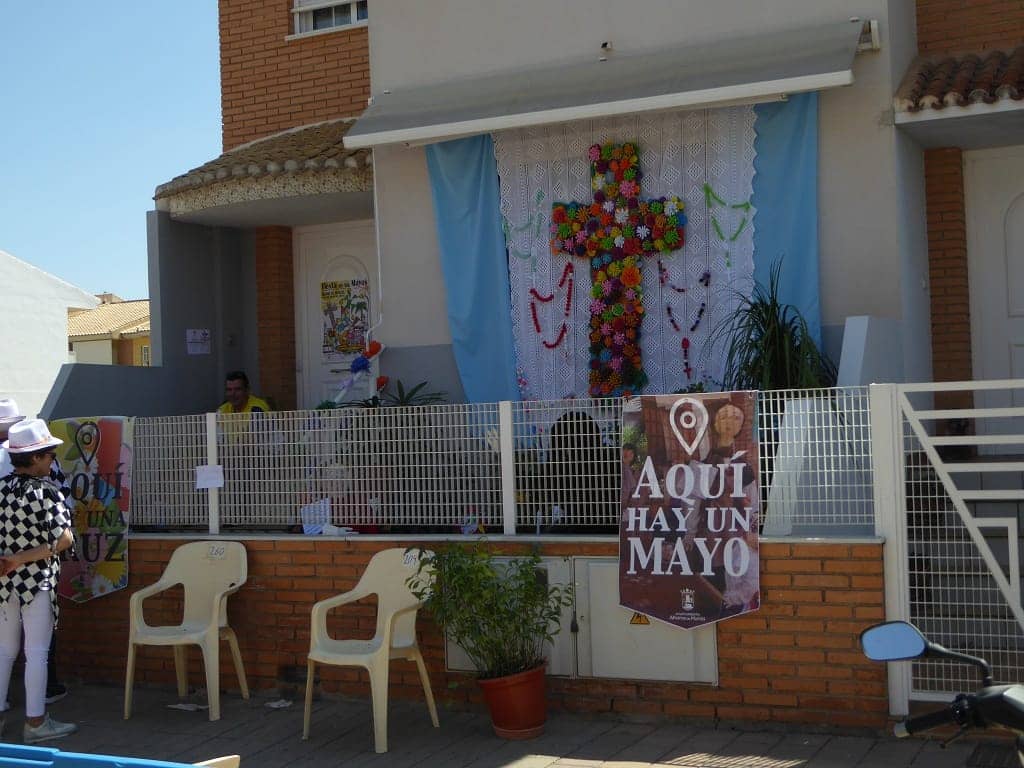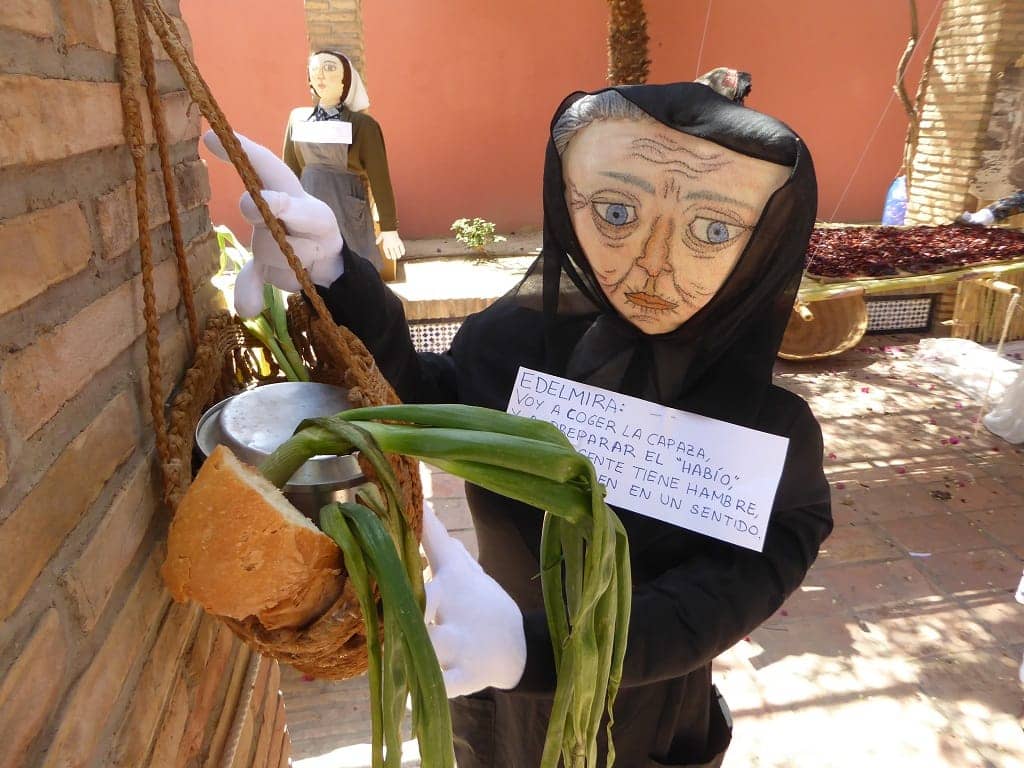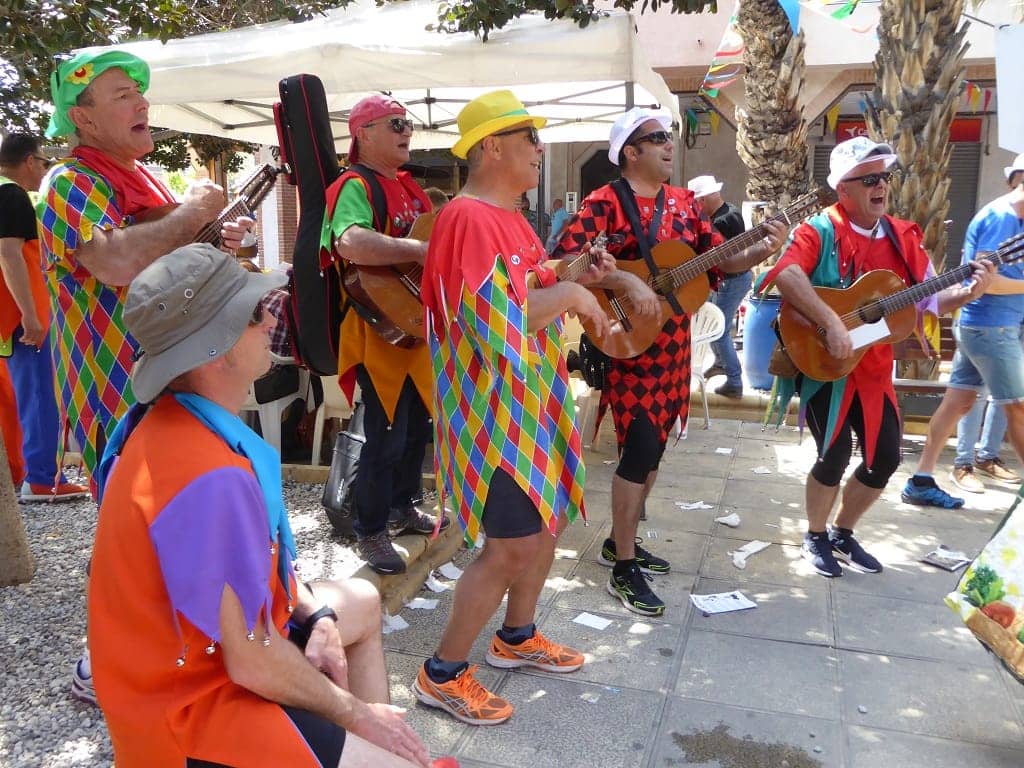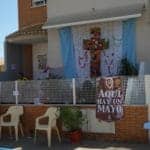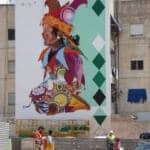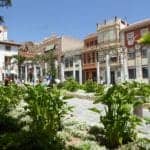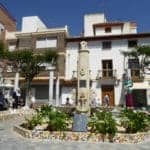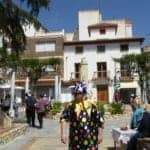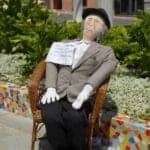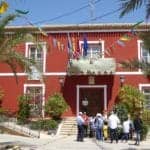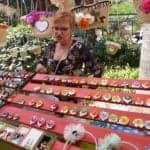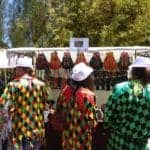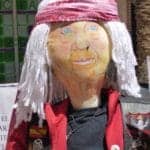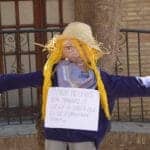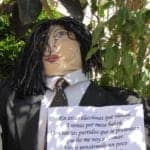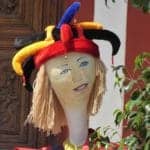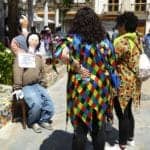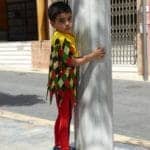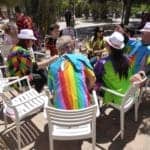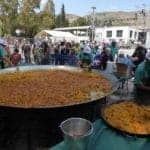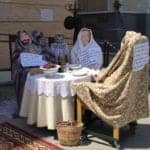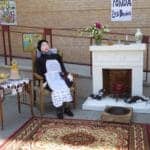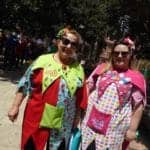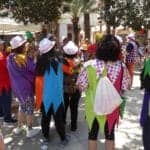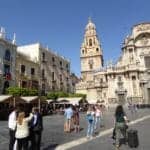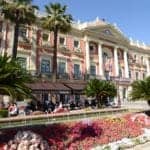May Crosses are related to the legend according to which in the fourth century; the Emperor Constantine dreamt that he would win the battle with the help of the cross. Thereby, he ordered his soldiers to build a large one and put it at the front of the troops. After the victory, he converted to Christianity and began to build Christian churches.
Then he sent his mother, Saint Helena, to Jerusalem to search for the cross on which Jesus died. She found three, but only one of them miraculously healed the sick and brought the dead back to life. She declared it the True Cross, took it to her homeland and died praying for all Christians to worship it even after her death.
The first reference to the festivity in Alhama dates back to 1924. The Crosses of May are officially celebrated on the 3rd of May, but it is always better to check the date because it can vary. In the morning people decorate, early in the evening the members of jury walk around the streets and choose winners. Participants compete in three categories (individual, collective and children). However, in Alhama it is not just about the flower decoration as in many other cities, but rather creating something like an altar or a family chapel in a garden, courtyard or street. Decorating has precise rules:
The basis of the scene is a light blue or pink fabric representing the sky; also lace, embroidered blankets, scarves and other white textile over which the cross rises. As a decoration, objects of religious significance serve, such as rosary, candlestick, pictures of saints, scapular (amulet consisting of two rectangular pieces of cloth which may bear religious images or a prayer), as well as pictures of deceased family members. A bowl of white or yellowish sprouts (germinated in the darkness) is mandatory. Very significant part is the double-armed cross of Caravaca de la Cruz, small town in the same region. It should look like freshly bathed, because it symbolizes the blessed water that cleans and protects. Oil lamps were once used to represent light and the path to spirituality, but they were replaced by candles. Another important element are scissors, stuck in a pear. I need to explain that Spanish word pero can be translated both "pear" and "but". Apparently, this fruit piece means that the scissors can cut not only a fruit, but also "but", for example, in the sentence, "She is very nice, but ..." There is also a lot of flowers.


